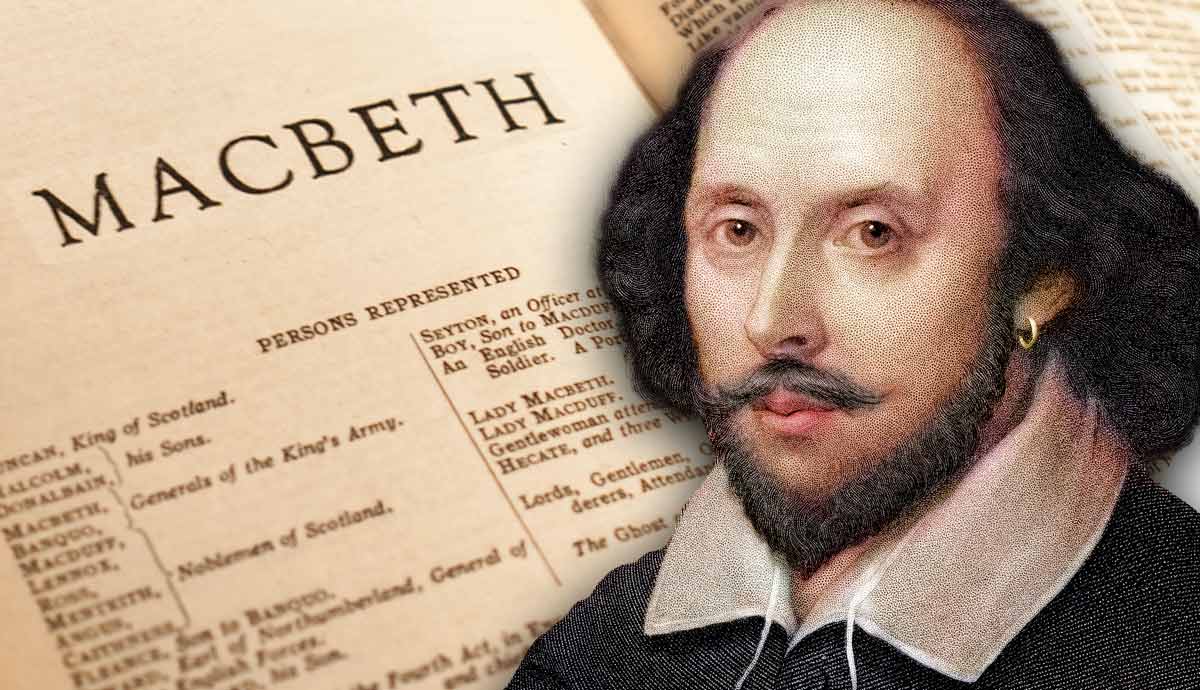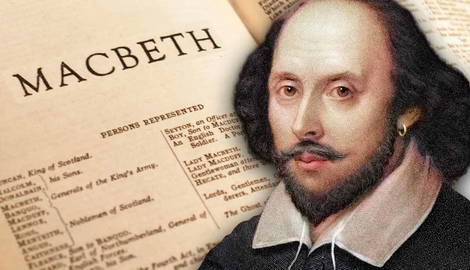
Macbeth is arguably Shakespeare’s most enduring tragedy. By combining elements of the supernatural, a gruesome plot and psychologically rich characters, Shakespeare’s play has long outlived its potential influences. Like many of his works, the play drew inspiration from sources that would be familiar to his audiences, such as contemporary events, as well as looking to classical works and historical records to layer the play with an air of authenticity.
What Was the Influence of Witch Trials on Shakespeare?

As well as relying on stereotypical features of witches at the time of writing (predominantly older women, owning ‘familiars’, knowledge of plants and herbs etc.) Shakespeare also drew specific details from notorious witch trials that would have been immediately recognizable to his original audience. In 1590, King James I had overseen the trials of over 100 ‘witches’ accused of plotting his murder.
The case, known as the North Berwick Trials were also written about extensively in King James’s work Daemonology (less than 10 years before Macbeth was first performed) where he detailed the spells cast by the alleged witches as well as methods of finding them out. Published in 1597, this encyclopedia of contemporary witchcraft is clearly referenced in the speech and actions of Macbeth’s ‘Three Wyrd Sisters’.
Was Holinshead’s Chronicles a Source for Macbeth?

Like many Renaissance playwrights, Shakespeare appears to have derived many of his plots from classical and historical texts (a key part of his grammar school education). For Macbeth, his primary source is presumably Ralph Holinshed’s Chronicles. This collaborative, republished in 1587, was described as a ‘comprehensive history of England, Scotland and Ireland. Written in a literary style, it contains many familiar characters such as the witches (although they are described as beautiful nymphs in Holinshed’s interpretation), as well as Macbeth, his wife, Banquo and Macduff.
An essential difference is that Holinshed’s Macbeth is a wise and benevolent king who rules peacefully for 10 years after usurping the weak King Duncan. Another essential divergence is that Banquo is Macbeth’s accomplice. Both of these differences can be explained in light of King James I’s influence on Shakespeare.
How Did James I/James VI Impact Macbeth?

King James I of England (also King James VI of Scotland) holds the distinction of being the first king to unite the two countries in British history. However, this unification was not a smooth transition and throughout his reign, James I faced many challenges. As a member of the royally appointed King’s Men acting troupe, Shakespeare would have felt the need to produce works pleasing to the monarch’s sensibilities. In Macbeth, we see James I’s beliefs in witchcraft interwoven with his assertion of the divine right of kings. The overwhelming moral of the play teaches its audience of the dangers of undermining and threatening your monarch.
To further strengthen the argument, Shakespeare writes Banquo (a real-life ancestor of James I) as the morally virtuous antithesis to Macbeth, whose son (Fleance) escapes, presumably to one day begin a family line leading all the way to King James I.
Did the Gunpowder Plot Shape Macbeth?

Macbeth was first performed in 1606, less than a year after the discovery of Guy Fawkes in the cellar beneath Westminster as he was about to detonate 36 barrels of gunpowder that would have assassinated King James I and half of parliament. To say that Macbeth is a political play would be an understatement. As well as the obvious motivation to demonstrate to the public that regicide is a grave sin, Shakespeare may also have had personal reason to write Macbeth. Shakespeare’s father, John, was rumored to be a covert Catholic and was friends with William Catesby (father of the Gunpowder Plot’s mastermind: Robert Catesby).
It could be theorized that Shakespeare was eager to prove his loyalty to the king. One telling detail to support this is the famous line spoken by Lady Macbeth, when she instructs her husband to “look like the innocent flower, but be the serpent under it.” In the wake of the Gunpowder Plot, King James I had commemorative coins commissioned to celebrate the thwarting of the conspirators. The coin featured an image of a snake concealed amongst flowers.
What Was the Impact of Equivocation and the Execution of Henry Garnet on Shakespeare?

Often played for comic relief after the murder of King Duncan, the porter scene is a dramatic curiosity. The porter appears just once in the play, delivering a speech directly to the audience where he identifies himself as a porter of ‘Hell’s Gate.’ Usually read as a reference to the hellish acts that have taken place in Macbeth’s castle, the speech is also dense with references to contemporary figures and events that Shakespeare’s original audience would have immediately recognized. The most telling of these is the frequent reference to ‘equivocating’. The surprising inspiration for this logical fallacy may have been the much-publicized trial and execution of Henry Garnet.
Garnet was a Jesuit priest who had heard via confession of the Gunpowder Plot. Although he cautioned against violence, he did not interfere directly, nor did he confess to having known of the plot. His argument was that his sin of perjury was lesser than the sin to God had he betrayed the sanctity of the confessional. His plea of having ‘equivocated’ fell on deaf ears and he was publicly executed in May 1606, mere months before Macbeth was first performed. In this light, the porter scene appears to be a dark piece of political satire.










